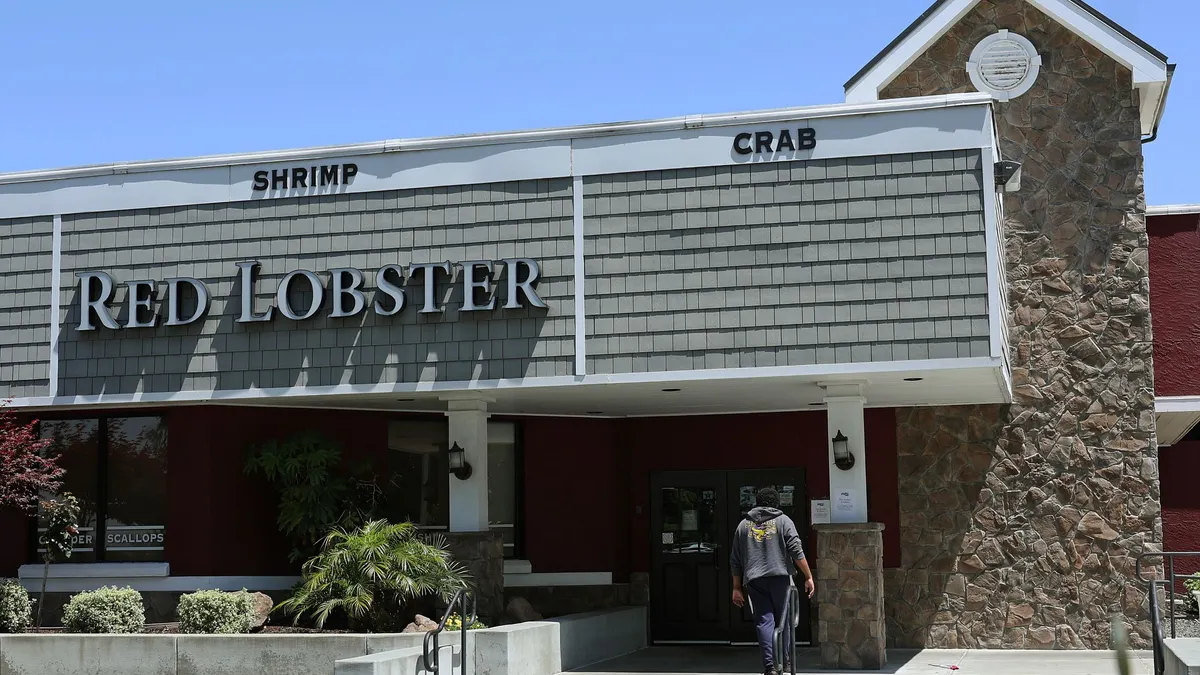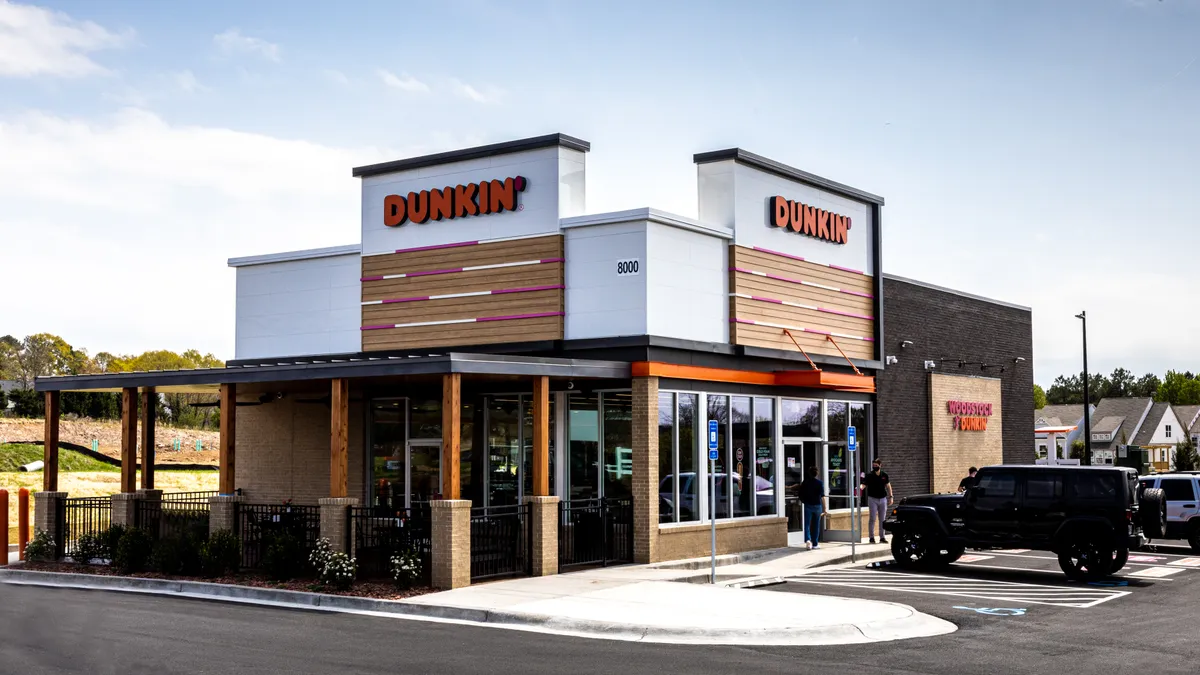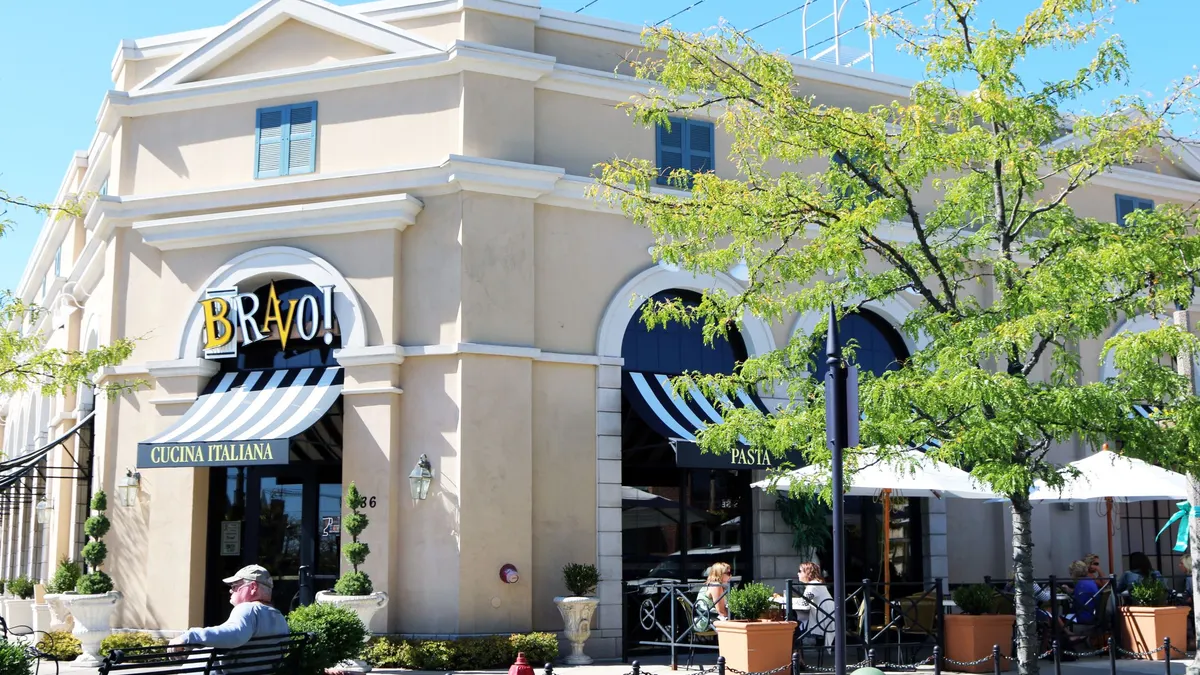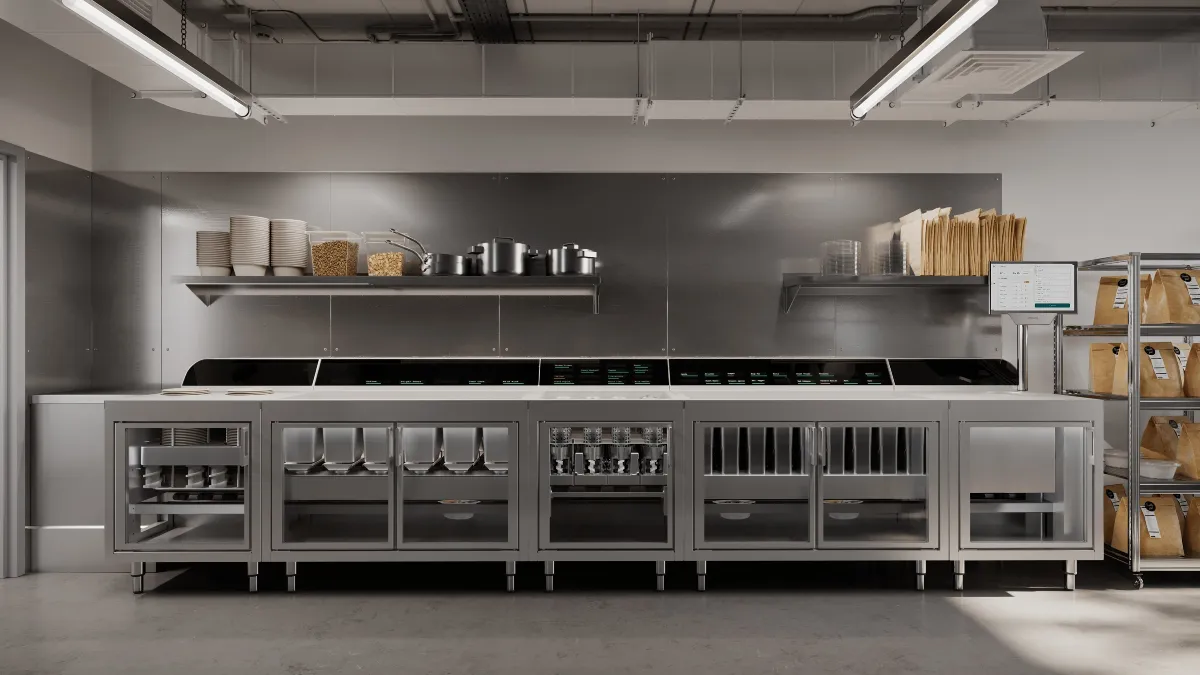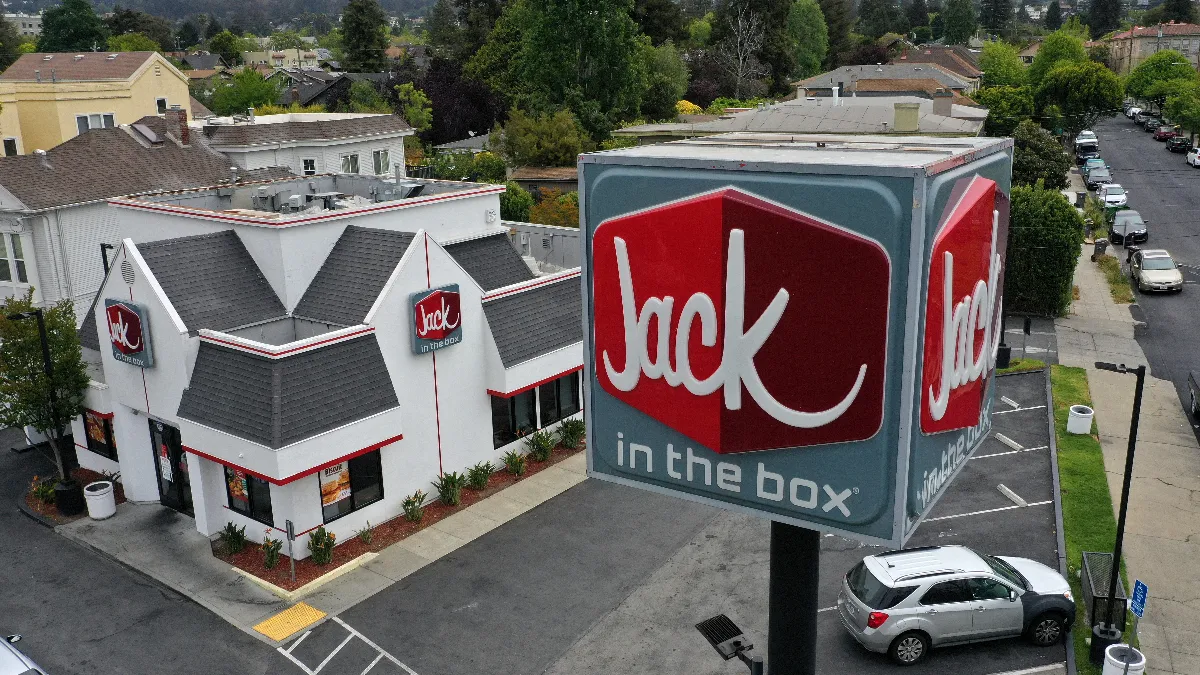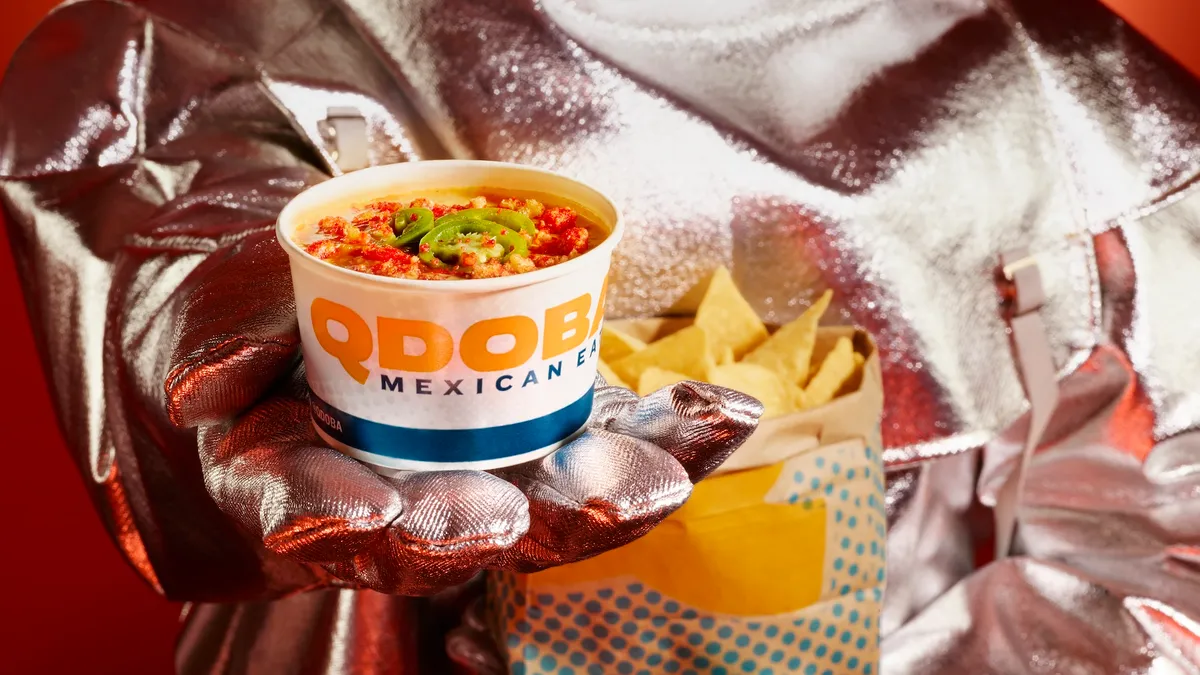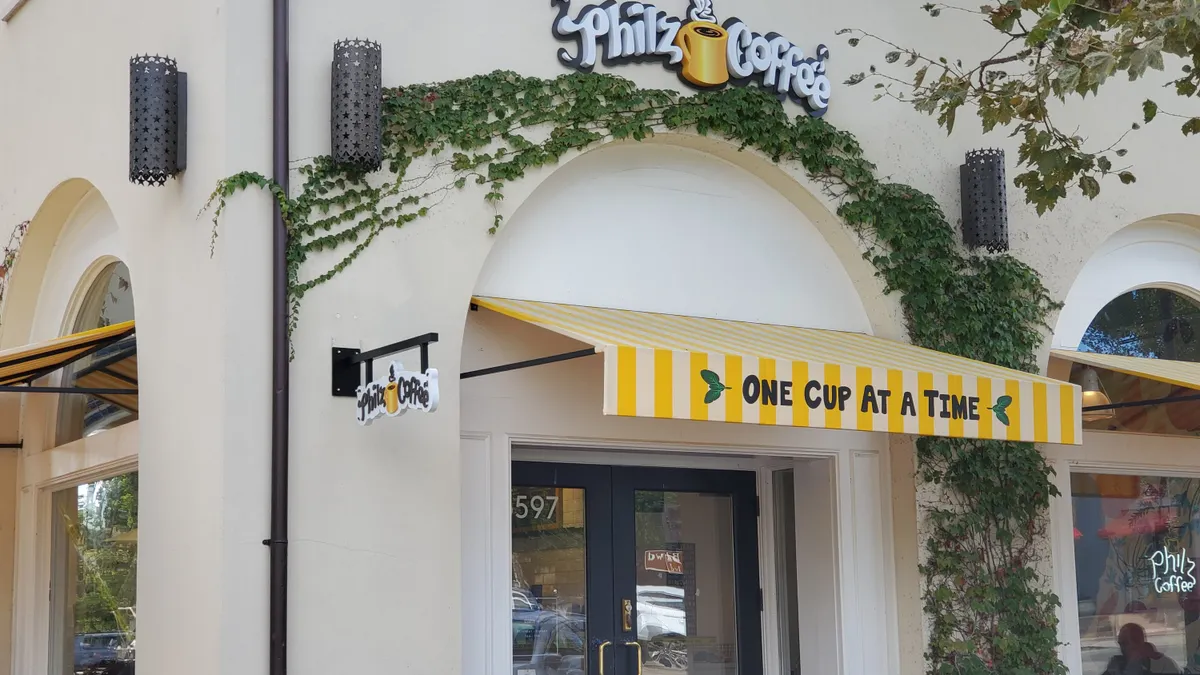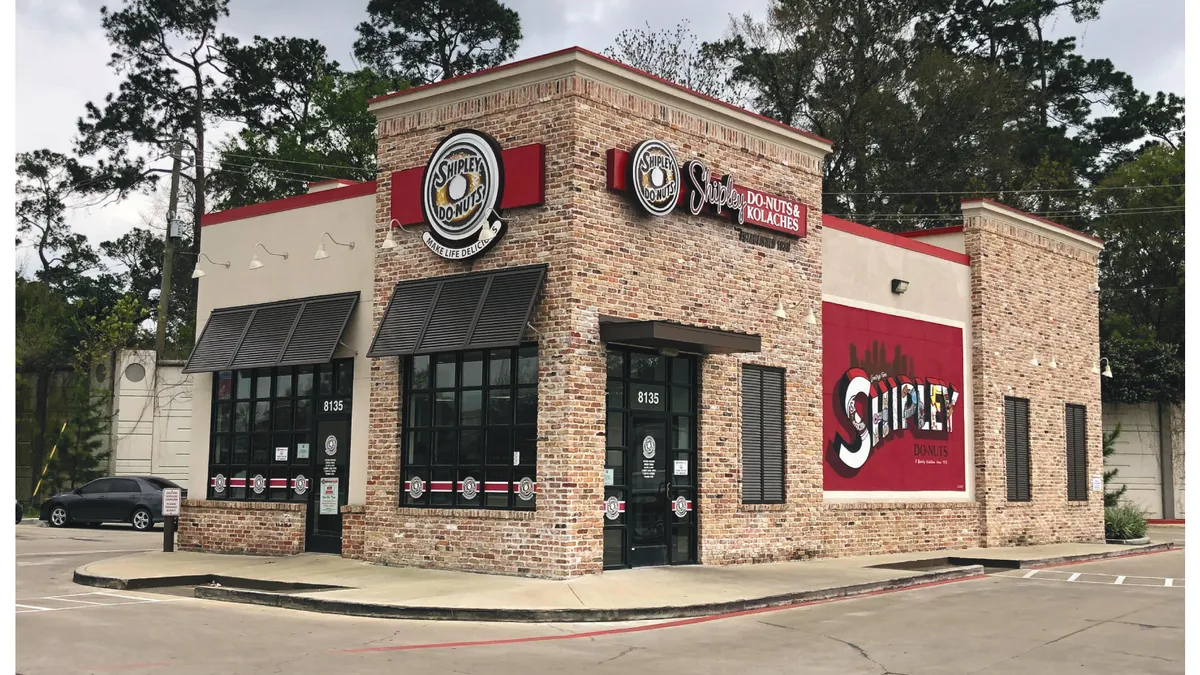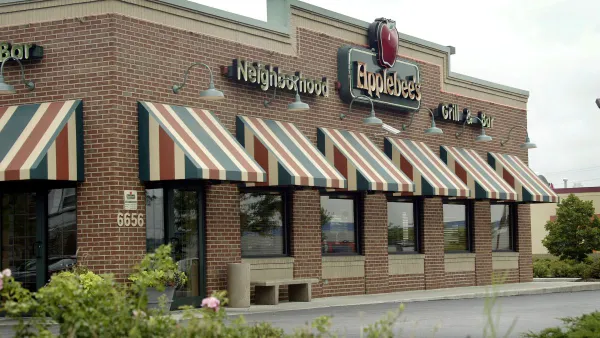While brands like Texas Roadhouse and Olive Garden continue to thrive, many casual dining chains have halted expansion, closed stores or filed for bankruptcy, leaving a glut of former restaurant properties with few buyers.
Casual dining real estate is in a major slowdown, as property sale success rates have plummeted from 72% in 2021 to just 37% in 2024, according to data from Northmarq, a commercial real estate firm. This decline is primarily driven by fundamental mismatches between available properties and the changing needs of restaurants, which make it increasingly challenging to repurpose former casual dining locations.
The dramatic decline reflects economic headwinds that have reshaped the restaurant landscape, from the lasting impact of COVID-19 on consumer behavior to rising labor costs and the growth of fast casual dining, according to commercial real estate experts.
"It's definitely a nationwide trend," said Matt Lipson, senior vice president and co-founder of the national restaurant group at Northmarq. "Beyond a few exceptions, there's just this clear drop off."
Size mismatches are driving conversion problems
There’s a fundamental size mismatch between available casual dining properties and what growing restaurant chains actually need as brands, such as Buffalo Wild Wings, look to downsize. A typical Red Lobster location averages about 7,600 square feet on 1.68 acres, while a Chipotle operates in just over 2,400 square feet on 0.99 acres, Northmarq data shows.
According to Lipson, most fast casual chains won’t consider retrofitting casual dining properties because they don’t meet their rigid site selection criteria.
That’s because the conversion costs are high: Tenant improvements can run $200 per square foot, Lipson said, making a Red Lobster conversion too expensive for smaller-format concepts.
“In a lot of cases, it's easier just to knock down the building and have a developer split it up,” said David Orkin, executive vice president and restaurant practice leader for the Americas at CBRE. He said landlords are increasingly dividing properties into multiple smaller spaces.
Many older restaurant buildings are essentially worthless to new casual dining tenants, as well. Orkin cited a recent example where his team discovered an old Macaroni Grill “had negative value” once they began to analyze construction costs, with renovation costs exceeding those of demolition and reconstruction.
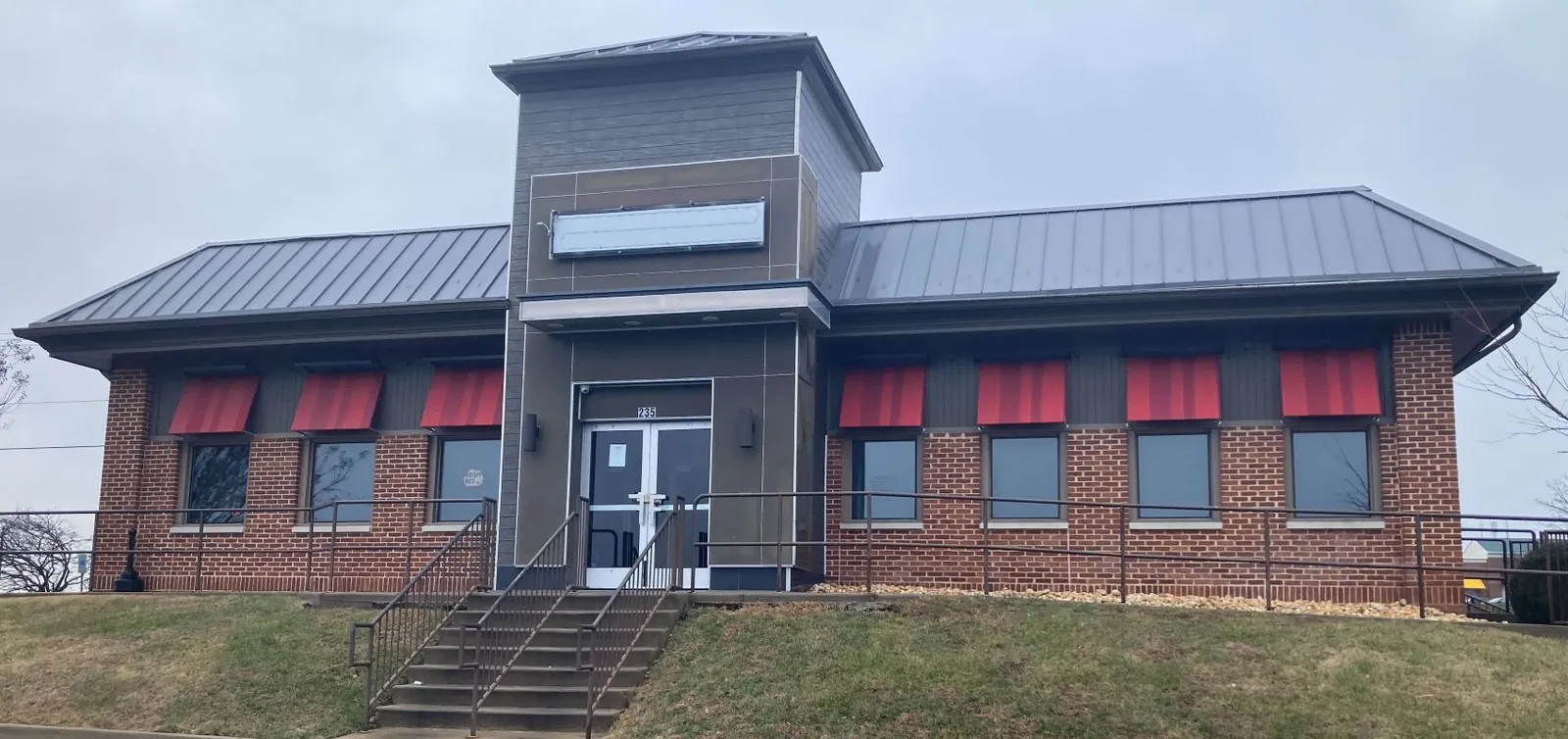
Economic pressures compound challenges
The COVID-19 pandemic dramatically altered consumer dining habits while devastating the finances of many full-service operators. Even as restrictions lifted, fear of dining out persisted, and revenue collapses led to casual dining closures that have created lasting negative perceptions.
“Every time there's bankruptcy news — and there's a lot of it — or every time there's store closure news, it starts passing on to the other brands,” Lipson said. “It affects consumer behavior, because there's just so much bad news around these places.”
Rising labor costs have also had a significant impact on casual dining operations, which typically require 25 or more staff members — far more than a typical fast casual or quick-service restaurant, Lipson said. Minimum wage increases that might be manageable for a fast casual or drive-thru concept can be crushing for full-service restaurants operating on razor-thin margins.
Higher construction costs have also made new builds more expensive, and restaurants are moving toward smaller footprints in response, according to Lipson. The average new quick-serve restaurant build has decreased from 3,000 square feet in 2016 to approximately 2,200 square feet today, with many operators switching to 950-square-foot modular buildings that focus entirely on drive-thru service, according to Lipson.
Market dynamics favor the strongest players
The construction slowdown has created a market of haves and have-nots, where the strongest casual dining brands can cherry-pick premium locations.
“There is no one to take those B, C, D sites,” Lipson said.
Less desirable properties often sell to non-restaurant buyers, such as car dealerships, looking to expand. That’s because cap rates — which calculate a property’s ROI by dividing its net operating income by its asset value — rose significantly as interest rates climbed, further depressing property values and making it harder to make deals.
At the same time, some quick-service restaurants are competing directly with casual dining for prime real estate. New Chick-fil-A locations require nearly 1.6 acres, compared with one acre, historically, and larger margins allow them to pay higher rents than casual dining brands, Lipson said.

Signs of recovery emerge
Despite the issues, there are reasons for optimism. Development activity is “turning back on pretty aggressively” in 2025 as sales rebound, Orkin said.
“Right now, it's actually pretty vibrant,” Orkin said, noting that the struggles are often brand-specific rather than industry-wide. “There are a lot of older, tired brands that have kind of lost their relevance. Those are the ones that are kind of struggling.”
That’s partly because millennials are returning to casual dining as they age, after driving the growth of fast casual restaurants earlier in their lives.
“These millennials are having families, right? And so their shopping patterns, their lives are different, and they're going to start doing what their parents did,” Orkin said.
But that hasn’t offered much solace to landlords who now regret investing in casual dining real estate.
They’re “just like, ‘Oh my, I could have bought anything else in the world,’” Lipson said.



